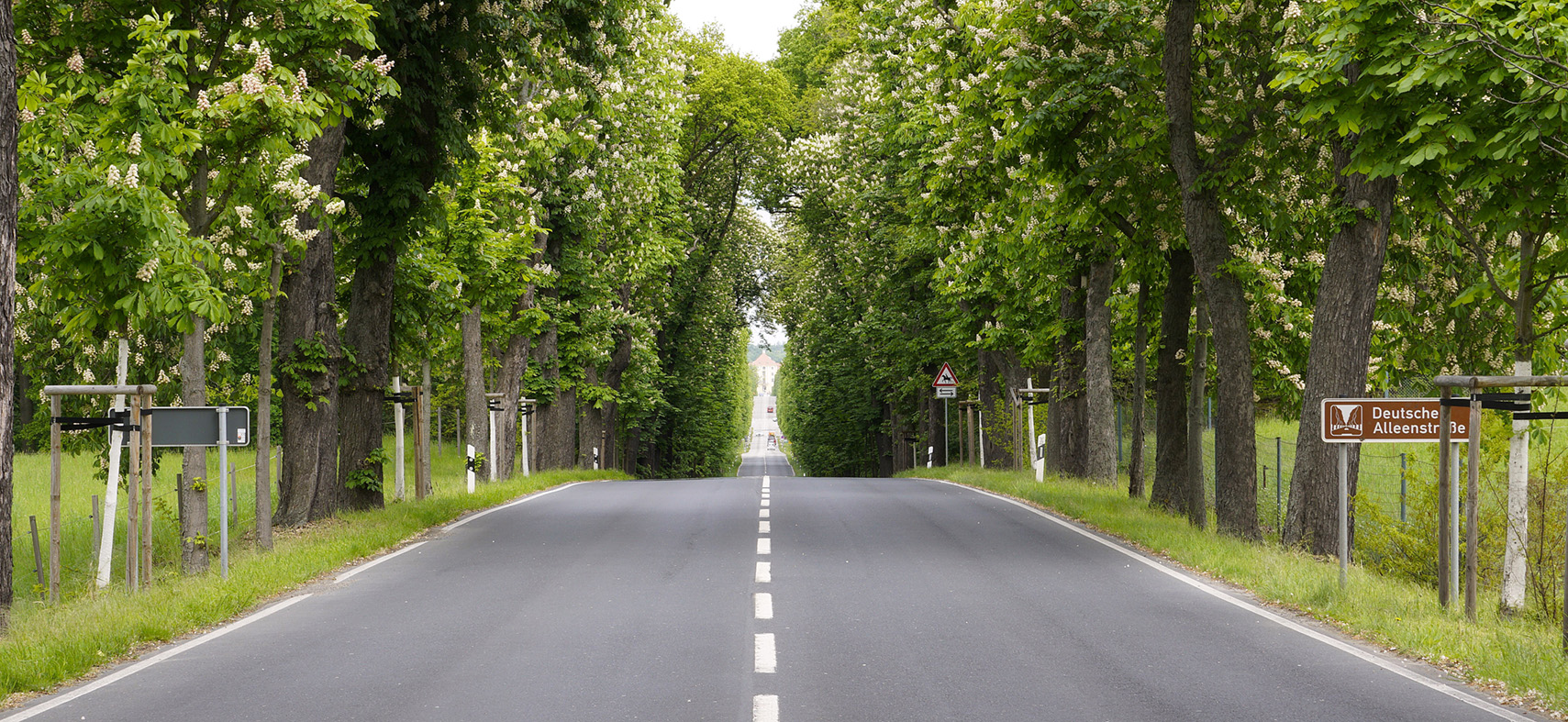 St Paul’s Walden Bury was bought in 1725 and the house and gardens were developed around 1730. The garden is an example of a garden design from the time of transition between the Forest and the Augustan Style. There are no large temples and ruins in this garden like in Painshill, but instead sculptures that are closer to the Baroque design and beech hedges on the inside margins of avenues and in the view relationships. However, on the other hand the space between the hedges is structured with serpentine paths and some exotic plants. Also bastion points with walls on the boundary of the estate, which would be typical for the Forest Style, do not exist. The garden shows wonderful aspects related to the topographical work that is rather untypical for a Baroque layout.
St Paul’s Walden Bury was bought in 1725 and the house and gardens were developed around 1730. The garden is an example of a garden design from the time of transition between the Forest and the Augustan Style. There are no large temples and ruins in this garden like in Painshill, but instead sculptures that are closer to the Baroque design and beech hedges on the inside margins of avenues and in the view relationships. However, on the other hand the space between the hedges is structured with serpentine paths and some exotic plants. Also bastion points with walls on the boundary of the estate, which would be typical for the Forest Style, do not exist. The garden shows wonderful aspects related to the topographical work that is rather untypical for a Baroque layout.  In the main axis the landform leads from the house downhill and then up again to the sculpture of Hercules. The main avenue to the east shows the same effect. A still existing pond was situated on the east side of the park. With further additions of the exotic plantations in 1770 and 1840, and the temple on the lake in 1961, the garden now presents itself more in the Augustan Style.
In the main axis the landform leads from the house downhill and then up again to the sculpture of Hercules. The main avenue to the east shows the same effect. A still existing pond was situated on the east side of the park. With further additions of the exotic plantations in 1770 and 1840, and the temple on the lake in 1961, the garden now presents itself more in the Augustan Style.
Current condition and management
The gardens have remained under the same ownership since 1725. The existing garden shows the design and the overall layout of 1730.  Especially due to the work of Sir David Bowes Lyon and Sir Simon Bowes Lyon since the 1930s the garden has kept its original great layout with an ongoing gardening, improving and maintenance process. The main style has continuously been preserved, so that it is well presented. The management thus focuses on the preservation. The friendship of the family with the landscape architect Geoffrey Jellicoe was also of great benefit for the place. The lawn and the hedges along the avenue are in a very good condition. The lawn has received just the right, that is a not too short machines cut, and the hedges are exactly cut and well formed. However, the space behind the hedges needs more care.
Especially due to the work of Sir David Bowes Lyon and Sir Simon Bowes Lyon since the 1930s the garden has kept its original great layout with an ongoing gardening, improving and maintenance process. The main style has continuously been preserved, so that it is well presented. The management thus focuses on the preservation. The friendship of the family with the landscape architect Geoffrey Jellicoe was also of great benefit for the place. The lawn and the hedges along the avenue are in a very good condition. The lawn has received just the right, that is a not too short machines cut, and the hedges are exactly cut and well formed. However, the space behind the hedges needs more care.  Yew shrubs are overgrown and paths and vistas are covered by shrubs and trees. For a better understanding of these garden areas, they need some attention. This type of management is more characteristic for a private garden and not for a busy site that expects many visitors every day. It is a real insider tip for a real garden lover. Sir Simon worked with three gardeners on an area of circa 20 hectares garden and designed landscape.
Yew shrubs are overgrown and paths and vistas are covered by shrubs and trees. For a better understanding of these garden areas, they need some attention. This type of management is more characteristic for a private garden and not for a busy site that expects many visitors every day. It is a real insider tip for a real garden lover. Sir Simon worked with three gardeners on an area of circa 20 hectares garden and designed landscape.
[wp_mapbox_gl_js map_id=”990″]
